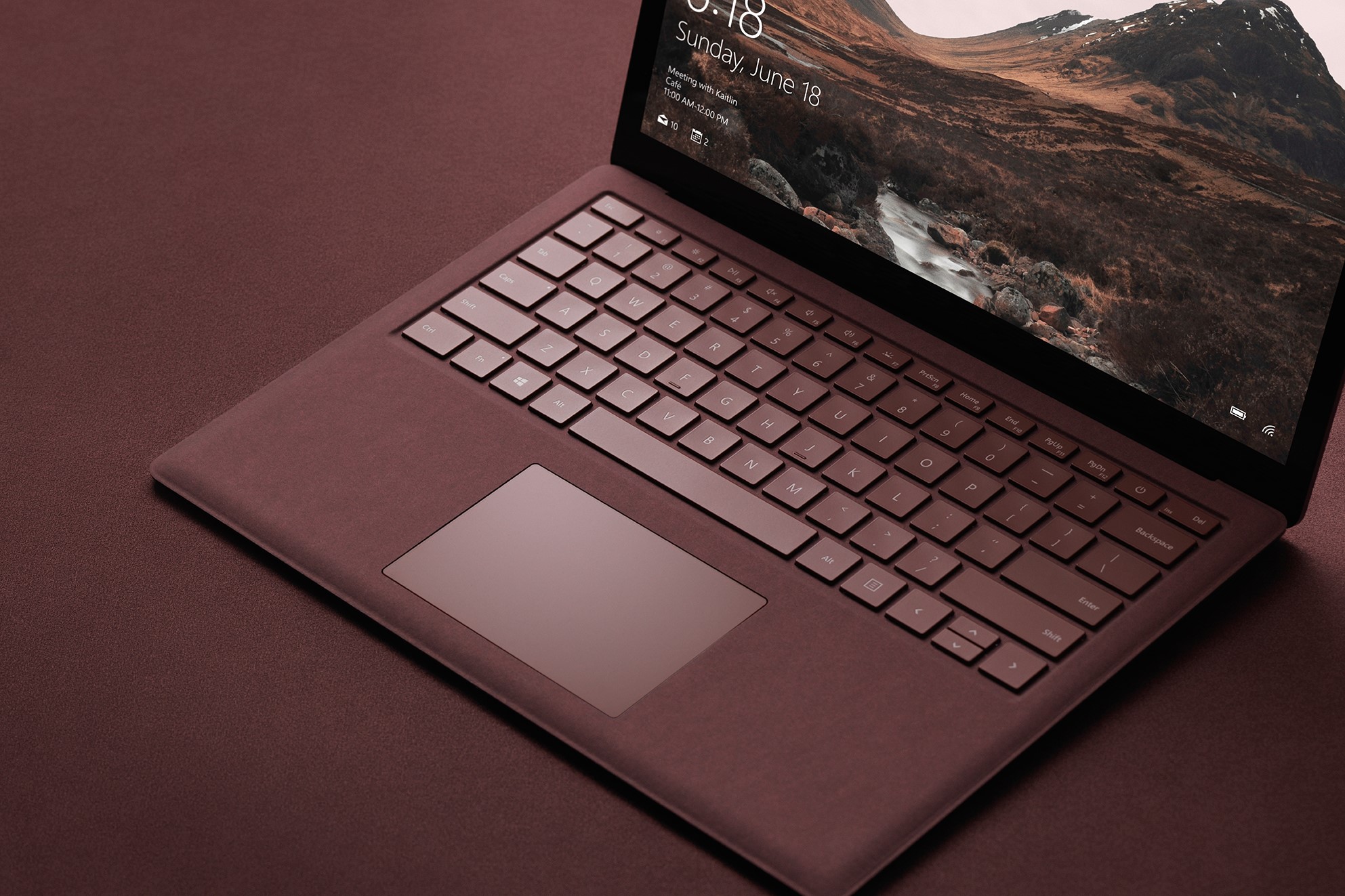
Microsoft has announced that Windows 10 will finally include a Linux kernel and that it will be coming later this year.
The announcement was made via a blog post and written by Microsoft program manager Jack Hammons, of the Linux systems group. According to the post, the Linux kernel is expected to be included in the latest version of the Windows Subsystem for Linux (WSL) and shipped along with the release of summer 2019’s Insider builds.
The forthcoming kernel was described in the blog post as being an “in-house, custom-built Linux kernel to underpin the newest version of the Windows Subsystem for Linux (WSL).” The kernel will initially be based on the most recent long-term stable release of Linux, known as version 4.19. Once newer, long-term and stable Linux releases emerge, the kernel will then be “rebased” on those versions of Linux. OnMSFT reports that the kernel will allow “previously incompatible” apps to run smoothly and the performance of Linux apps will be up to 20 times faster.
It’s also worth noting that the Linux kernel already has a few patches applied to it. These patches have contributed the following features: A reduction in the memory footprint, improved launch times, and the curation of a “minimal set of supported devices.” According to Hammons, the use of these patches has led to the development of a “small, lightweight kernel that is purpose-built for WSL2 to be a drop-in replacement for the emulation architecture featured in the design of WSL1.”
The Linux kernel provided for WSL2 will also be open source. Upon the release of WSL2 in the Windows Insider builds, developers will have the opportunity to make their own WSL kernels. Once WSL2 is released, Microsoft will also provide the instructions on how to create a WSL kernel via Github.
While this is the first time the Linux kernel will be included in Windows, it’s also important to keep in mind that, as OnMSFT notes, the userspace binaries won’t be automatically included. Users will still need to choose one through the installation of a Linux distro in the Microsoft Store or develop their own.


